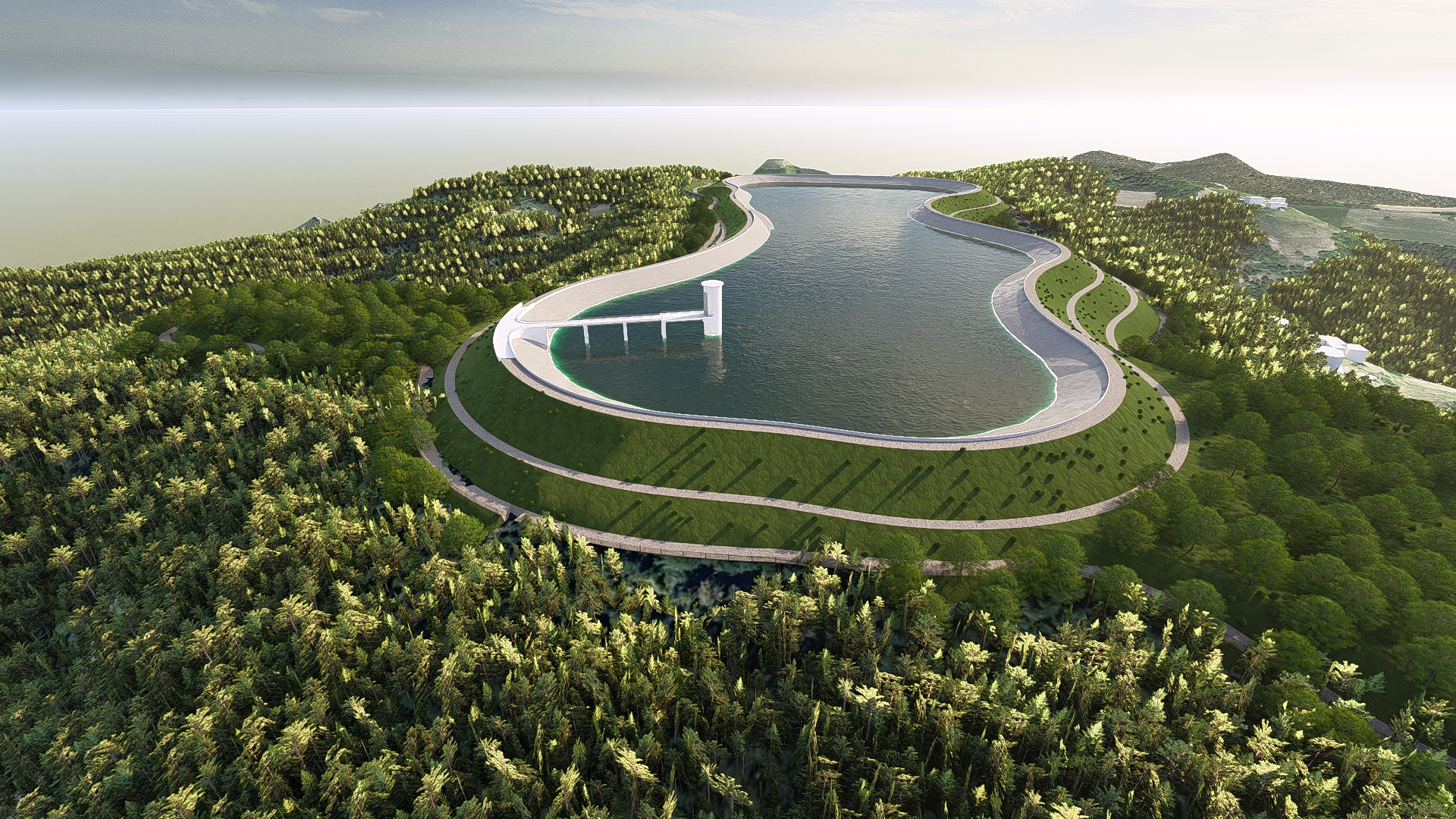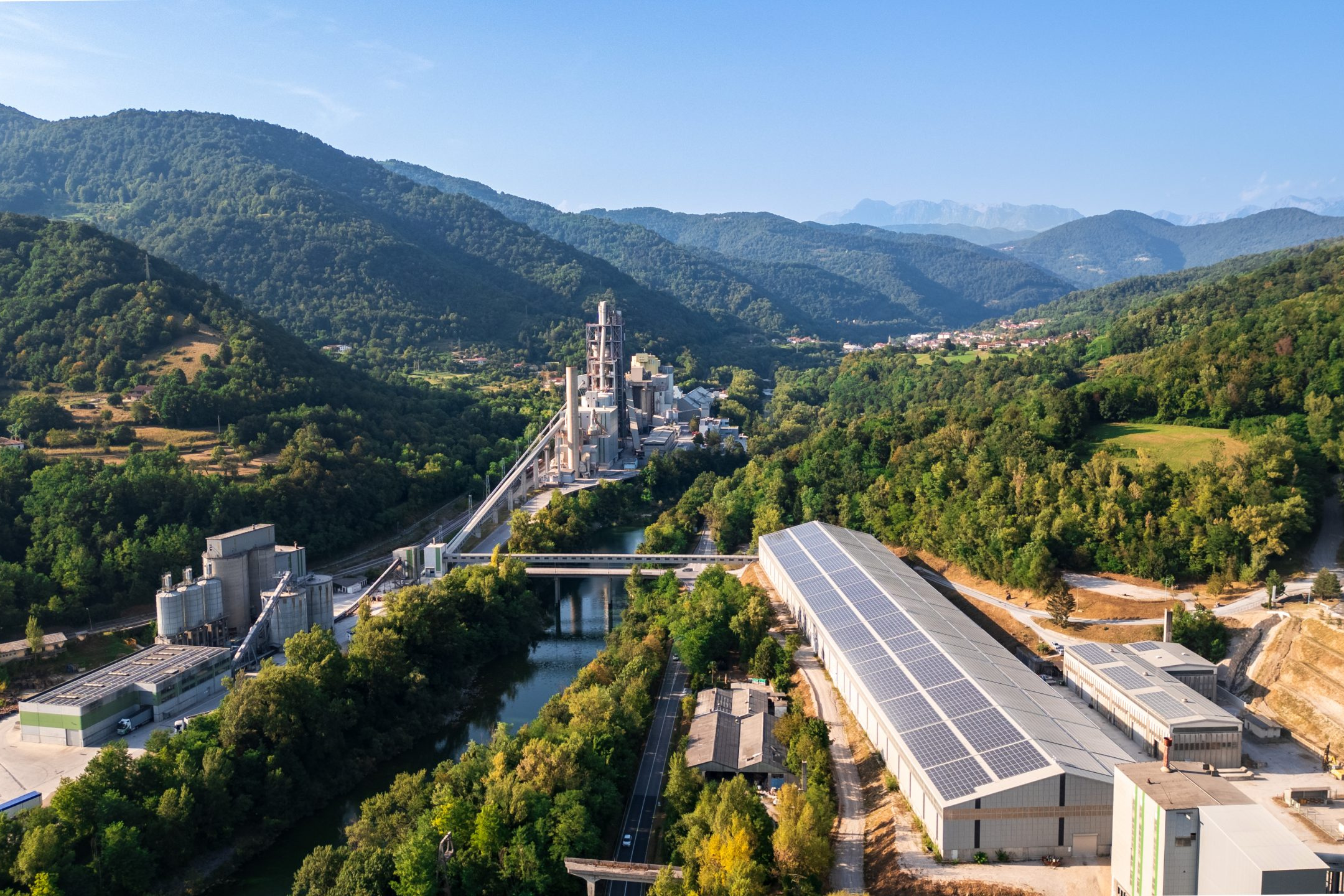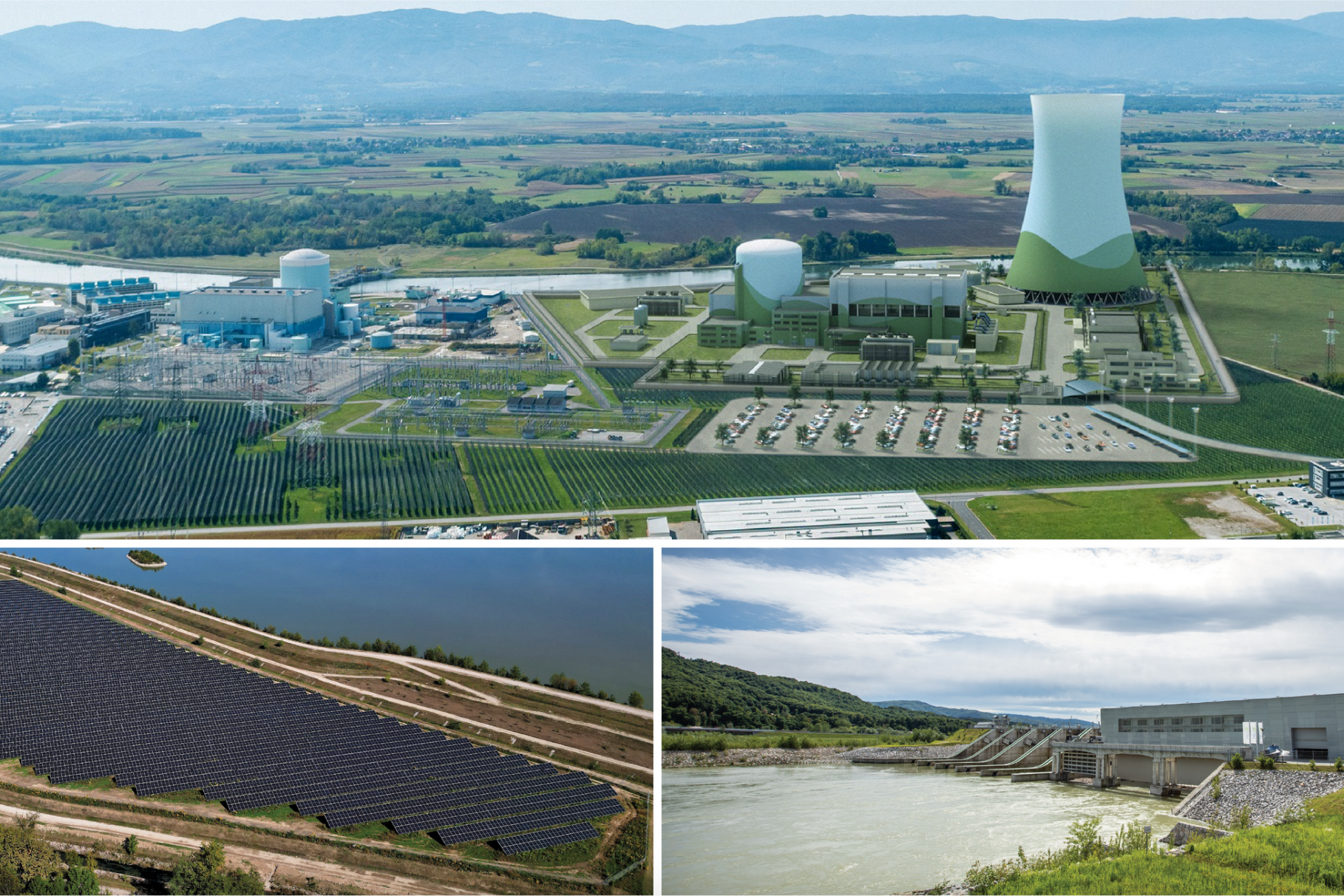ČHE Kozjak: Powering Slovenia’s green future
Slovenia is moving forward with one of its most important energy projects: the Pumped Storage Hydroelectric Plant (ČHE) Kozjak. Planned by Dravske elektrarne Maribor (DEM), part of the HSE Group, in partnership with the transmission system operator ELES, the project will provide the country with a large-scale energy storage facility designed to support the transition to clean energy, strengthen grid resilience, and reduce dependence on electricity imports.
The Adriatic Team
With an installed capacity of 2 × 220 MW, a gross head of 710 metres, and an upper reservoir of around 3 million cubic metres, PHS Kozjak will be able to store surplus electricity produced by renewable sources such as wind and solar and release it back into the grid when needed. This will help ensure a steady and reliable flow of electricity, balance fluctuations in supply and demand, and support the stable operation of Slovenia’s power system.
The project is included in Slovenia’s Transmission System Development Plan 2023–2032 and in the National Energy and Climate Plan (NECP), underscoring its strategic importance for the country. It also aligns with broader European goals, confirmed by Slovenia’s commitment to the Paris Pledge for Accelerated Development of Pumped Storage Hydropower Plants.
Key benefits of ČHE Kozjak:
-
Energy security and reliability: helps prevent outages by balancing renewable generation.
-
Support for the green transition: enables a higher share of renewables in the system and reduces fossil fuel use and emissions.
-
Lower import dependence: strengthens Slovenia’s energy independence by reducing reliance on foreign electricity.
-
Efficient use of resources: stores surplus production and increases the economic efficiency of the energy system.
Construction will include an upper reservoir at Kolarjev vrh, an underground powerhouse with two reversible pump-turbine units, a transformer cavern, access and service tunnels, a surge tank, and a 400 kV switchyard on the Drava plateau. The facility will be connected to the grid via two 400 kV transmission lines.
The project is supported by extensive environmental studies – over 100 conducted during the national spatial planning phase and more than 70 commissioned for the environmental impact assessment – ensuring that PHS Kozjak will be built to the highest professional, safety, and sustainability standards, with continuous dialogue and cooperation with the local community.









